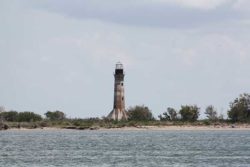Disasters
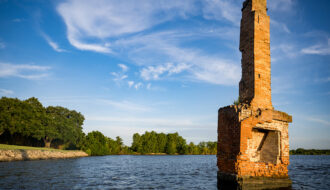
Lake Peigneur Drilling Accident
An oil drilling operation at Lake Peigneur accidentally punctured a salt dome, creating a sinkhole that swallowed barges and caused the Delcambre Canal to flow backwards.

An oil drilling operation at Lake Peigneur accidentally punctured a salt dome, creating a sinkhole that swallowed barges and caused the Delcambre Canal to flow backwards.
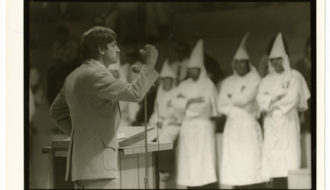
Louisiana entered the 1960s behind the national curve in postwar development but poised for dramatic progress.
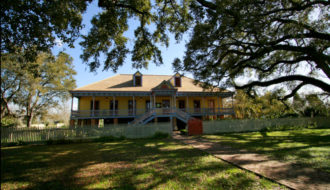
Laura Lacoul Gore, the namesake of Laura Plantation, left a memoir that proved to be an important resource for the restoration of the house.
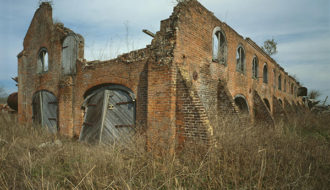
In the early twentieth century, Thibodaux's Laurel Valley Plantation was the largest sugar producer in the region and employed as many as 450 workers.
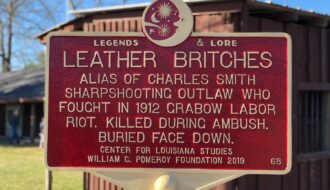
The legendary outlaw Charles “Leather Britches” Smith is best known for his armed defense of his fellow union members during the Grabow Riot of 1912.
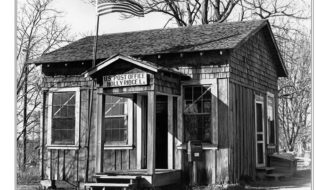
Photographer Lee Estes is best known for his precise and extensive black and white photographic documentation of vernacular subjects, especially architecture.
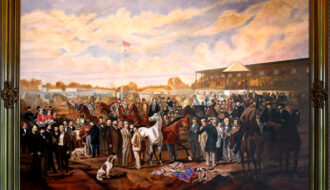
Legalized gambling has played an important cultural, political, and economic role in Louisiana's history from the colonial era to the present.
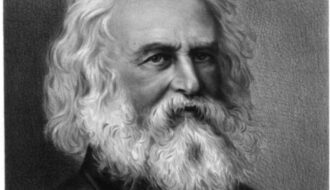
The legend of a displaced Acadian couple, Evangeline has played an important role in Louisiana history and culture despite its fictional nature.
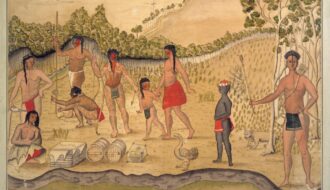
Approximately forty ethnically and politically distinct North American Indigenous polities located in the Gulf Coast region and lower Mississippi River valley made up les petites nations.

Queer people have long been part of Louisiana’s history, but the political movement for LGBTQ+ rights emerged slowly in the late twentieth century.
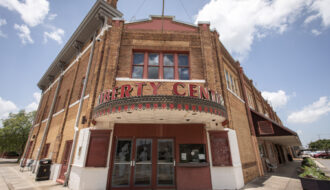
The historic theater in Eunice entertained generations as a movie theater, vaudeville house, and home of Rendez-vous des Cajuns.
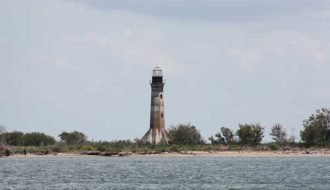
Installed in the 1800s, Louisiana's lighthouses were not only among the state's most visually dynamic buildings, but also provided a vital service for commercial mariners.
One-Year Subscription (4 issues) : $25.00
Two-Year Subscription (8 issues) : $40.00
